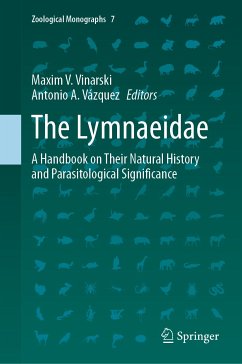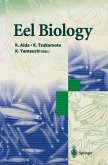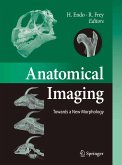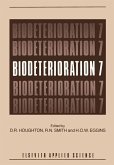The Lymnaeidae (also known as 'pond snails') are a species-rich and globally distributed family of freshwater snails, many species of which are known to be hosts of parasitic trematodes (such as the liver fluke, Fasciola hepatica). Written by world-leading experts in the field, this book covers a wealth of topics ranging from the phylogeny and taxonomy of lymnaeid snails to their relationships with helminths and their impact on public and veterinary health. It provides an overview of the species richness, evolution, ecology, biogeography and fossil record of the family. A considerable number of chapters are devoted to the economic and medical importance of lymnaeids, their involvement in the transmission of fascioliasis and other zoonotic diseases. Special chapters deal with the molecular and morphological identification of the Lymnaeidae, their rearing in the laboratory and experimental approaches to their study.
This contributed volume is aimed at experts and practitioners in various disciplines: Invertebrate zoology, evolutionary biology, biogeography, aquatic ecology, parasitology, epidemiology and public health. It is also useful for university lecturers, undergraduate and postgraduate students.
Dieser Download kann aus rechtlichen Gründen nur mit Rechnungsadresse in A, B, BG, CY, CZ, D, DK, EW, E, FIN, F, GR, HR, H, IRL, I, LT, L, LR, M, NL, PL, P, R, S, SLO, SK ausgeliefert werden.
Es gelten unsere Allgemeinen Geschäftsbedingungen: www.buecher.de/agb
Impressum
www.buecher.de ist ein Internetauftritt der buecher.de internetstores GmbH
Geschäftsführung: Monica Sawhney | Roland Kölbl | Günter Hilger
Sitz der Gesellschaft: Batheyer Straße 115 - 117, 58099 Hagen
Postanschrift: Bürgermeister-Wegele-Str. 12, 86167 Augsburg
Amtsgericht Hagen HRB 13257
Steuernummer: 321/5800/1497
USt-IdNr: DE450055826
Bitte wählen Sie Ihr Anliegen aus.
Rechnungen
Retourenschein anfordern
Bestellstatus
Storno









